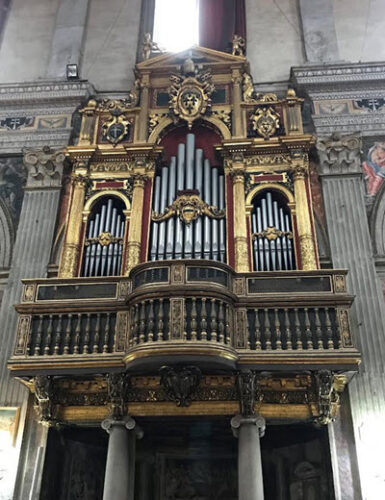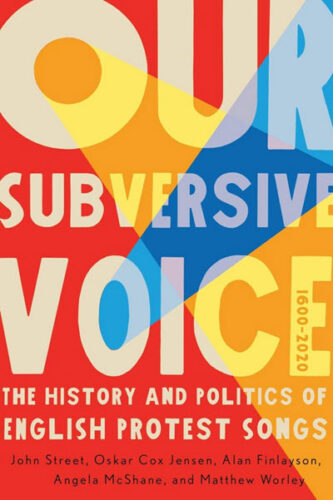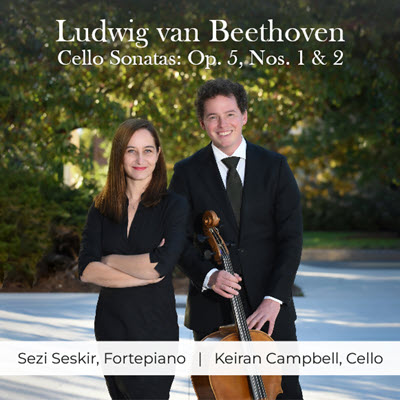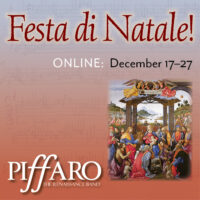by Virginia Christy Lamothe
Published May 18, 2025
Music, Medicine, and Religion at the Ospedale di Santo Spirito in Rome, 1550–1750 by Naomi J. Barker. Boydell Press, 2024. 300 pages.

Naomi J. Barker’s Music, Medicine, and Religion at the Ospedale di Santo Spirito in Rome, 1550–1750 offers a compelling and deeply interdisciplinary examination of music’s place within the entwined worlds of early modern medicine and religion. Drawing on an extensive range of archival, medical, and musical sources, Barker presents the Hospital of Santo Spirito not merely as a charitable institution but as a vibrant cultural and sonic space where music played a key role in spiritual practice, therapeutic care, and civic identity.
At the heart of the monograph lies a richly contextualized history of the Hospital of Santo Spirito, which served as a hospital and orphanage from its foundation in 1198 by Pope Innocent III through the early modern period. The first chapter traces the hospital’s architectural and administrative evolution, where the building’s physical and social functions serve as a key backdrop to the musical practices that followed.

What distinguishes Barker’s study is her skillful integration of musicological inquiry with medical and theological discourses. In Chapters 2 and 3, she explores early modern understandings of music in religious devotion and the body. Drawing on the ideas of ancient physicians such as Polybus and Galen, the 15th-century works of Marsilio Ficino, as well as early modern sources like Pietro da Lucca’s Regole della vita spirituale (1526) and L’arte del ben pensare e cotemplare la passione del nostro signore Jesu Cristo (1523), and Castore Durante’s Il Tesoro della Sanità (1586), Barker reconstructs a worldview in which music was affective and therapeutic. The unpublished manuscript Dell’Origine et nobiltà del ballo, written by Giulio Mancini, a physician at the hospital and personal physician to the Pope, advocates for music and the rhythmic movement of dance as a reflection of cosmic harmony and a contributor to healing.
Barker also highlights the unique soundscape of the hospital itself. Patients would have experienced continuous exposure to chant, bells, and sung prayer. Beyond the regular Offices and Masses, the installation of an organ after 1550 and its recorded therapeutic uses illustrate the centrality of music to daily life in the hospital.
One of the most significant contributions of this book is its documentation of music production and performance at Santo Spirito. The hospital supported both professional musicians and clerical singers, sometimes engaging members of the prestigious Cappella Giulia and Cappella Pontificia. Barker connects this activity to broader trends in Roman sacred music following the Council of Trent. She revisits the legacy of Bernardino Cirillo (1500-1575), long known to musicologists as the author of a letter describing musical reform after the Council of Trent, to show how his tenure at Santo Spirito (1556–1575) coincided with increased investment in music for Pentecost and other feast days performed by professional singers. Inventories, payment records, and music books reveal a sophisticated musical infrastructure whose repertoire included polyphony by Giovanni Pierluigi Palestrina (1525-1594), Cristóbal de Morales (1500-1553), and Tomás Luis de Victoria (1548-1611).
Of particular interest is Barker’s attention to composers such as Girolamo Frescobaldi (1583-1643). Appointed organist at the hospital in 1620, Frescobaldi used the hospital as a site for experimentation and performance. Barker notes that several capricci from his 1624 collection may have been developed and tested during mealtimes when the organ was played for patients. Frescobaldi’s later Toccate (1627) are also connected to his tenure at the hospital. Barker traces his contrapuntal techniques to hymnody by Palestrina, whose Hymni totius anni was reprinted by the hospital’s in-house publisher, Luca Antonio Soldi (1557-1627), in 1625.

Soldi’s print shop, which may have employed orphans trained within the hospital, becomes another key site of musical and cultural exchange. His output included sacred music by Antonio Cifra (1584-1629) and others, often with iconographic elements underscoring music’s healing and spiritual power. One remarkable example is the title page of Cifra’s Missarum liber primus, adorned with a Marian image and the phrase “Beatum medicant” (“Blessed medicine”). These echo the ceiling frescoes completed in 1583 by Jacopo Zucchi depicting Pentecost and angel musicians, visually inscribing music into the hospital’s sacred mission. Frescobaldi, Giovanni Girolamo Kapsberger (1580-1651), and Agostino Agazzari (1578-1540) all figure in the hospital’s publishing history, further linking Santo Spirito to Rome’s wider musical networks.
Three valuable appendices conclude the book, offering translations of primary documents including Virgilio Spada’s Discorso sopra la music della Chiesa (1660), Stefano Vai’s Decreta observanda in ecclesia S. Spiritus circa sacreas functiones (1644), and the anonymous Rubrica della Chiesa Collegiale (1644, 1752). These texts provide rare insight into liturgical practice, performance, and musical aesthetics unique to the hospital, making them indispensable for scholars of early modern music, liturgy, and cultural history.
Music, Medicine, and Religion at the Ospedale di Santo Spirito is an outstanding contribution in the field of musicology and historical music performance. Barker’s work exemplifies the best of interdisciplinary scholarship, illuminating how music functioned not merely as entertainment but as essential to care, ritual, and theological meaning in early modern Rome. By situating the hospital as a dynamic site of musical and medical innovation, Barker enriches our understanding of the complex, interconnected networks of musicians and the broader entanglement of sound, healing, and devotion.
Virginia Christy Lamothe is an associate professor of musicology at Belmont University. Her research focuses on opera and politics in early modern Rome, the music of Claudio Monteverdi, 17th- and 18th-century dance practice, the pedagogy of teaching music online, and Broadway musicals at the turn of the 20th century.




